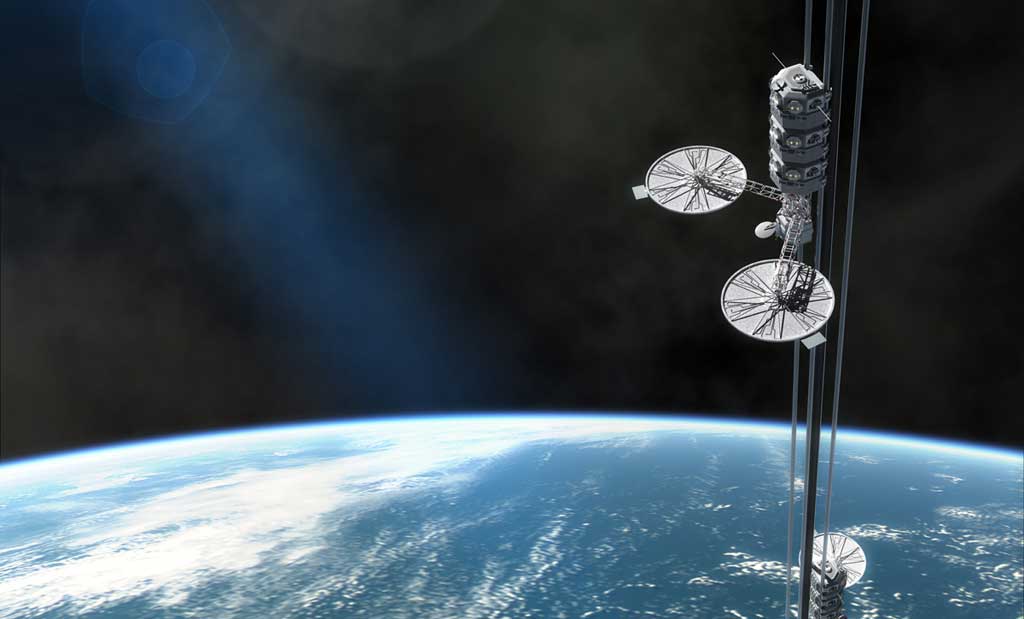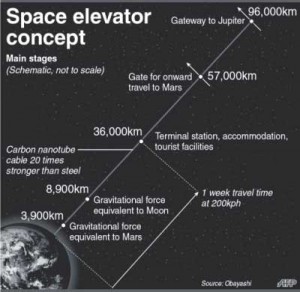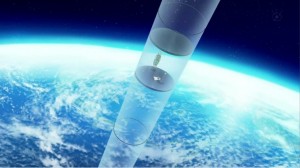The cable carrying the elevator would ideally reach 96,000km (59,652 miles) into space, and use robotic cars powered by magnetic linear motors.


When news first broke a couple of years ago that a Japanese company felt they had the capacity to build a space elevator in the coming years, I took it to be nothing more than a science fiction fantasy project. Surely, even with the vast developments that have been made in space technology, “The Final Frontier” would never be accessible via an elevator in my lifetime. Well kids, let me now eat those words. Japanese construction giant Obayashi Corporation announced this week that it plans to have a fully functional space elevator by the year 2050.







 Laptop & Tablet Parts
Laptop & Tablet Parts




















